Apple's new Live Speech and Personal Voice features provide individuals like disability advocate Tristram Ingham a tool to preserve their voices and enhance communication autonomy amid progressive conditions.
Apple has taken a significant step forward in its commitment to accessibility with the introduction of Live Speech in iOS 17. This feature has profound implications for individuals facing speech challenges, including those with progressive conditions like facioscapulohumeral muscular dystrophy (FSHD).
Tristram Ingham, a physician, academic researcher, and disability community leader from New Zealand, is among those benefiting from this groundbreaking feature. Ingham, diagnosed with FSHD in 2013, faces the potential loss of his speaking voice due to the progressive nature of the condition. Recognizing the importance of his voice in his professional and personal life, Ingham has embraced Apple's new speech accessibility features with gratitude.
The Personal Voice feature, launched with iOS 17, is at the heart of these advancements. This feature allows users at risk of speech loss to create a personalized voice by following text prompts that capture 15 minutes of their audio. Ingham, in particular, found the process surprisingly easy and was relieved to hear a voice that resonated with his style of speaking.
Ingham used his Personal Voice for Apple's "The Lost Voice." The short video features him reading aloud a new children's book of the same name, created for International Day of Persons with Disabilities.
For those at risk of speech loss, we've made it possible to preserve your voice on your devices so even if you can no longer speak, you can still sound like you. It's remarkable to see the experiences this technology helps preserve, while also protecting your privacy. pic.twitter.com/Vir3VQbhOA
— Tim Cook (@tim_cook) November 30, 2023
Apple's new features, Personal Voice and Live Speech, allow users to type and have their phrases spoken aloud. This is especially important for people with physical, motor, and speech disabilities. The features support alternative input methods like Switch Control and AssistiveTouch, making communication for people with disabilities more natural and accessible.
The significance of these features extends beyond convenience; they empower individuals like Ingham to maintain their unique voices and exercise autonomy in communication. As Ingham emphasizes, "Technology helps me to do that. I'm not prepared to just sit at home."
Blair Casey, executive director of the nonprofit Team Gleason, highlights the identity-preserving aspect of these tools, especially for individuals with conditions like amyotrophic lateral sclerosis (ALS), where speech loss is a common challenge.
"Our voices are part of our identity," says Casey, "When diseases like ALS threaten to take away the ability to speak, tools like Personal Voice can help anyone continue to sound like their unique, authentic self."
Apple's commitment to inclusivity is evident in its design philosophy. Sarah Herrlinger, Apple's senior director of Global Accessibility Policy and Initiatives, emphasizes, "At Apple, we design for everyone, and that includes individuals with disabilities."
For Ingham, Personal Voice is just one of many tools that enable him to continue contributing meaningfully to his community and maintaining personal connections. Whether it's his professional accomplishments or reading bedtime stories to his grandchildren, technology, particularly Apple's Live Speech feature, plays a crucial role in preserving his voice and enriching his life.
In the face of uncertainty about the progression of his condition, Ingham remains optimistic about the future. As he aptly puts it, "You never know what is going to happen, and when you have something that is so precious, a taonga — a treasure — I think we should do anything we can to make sure we keep hold of that."
 Amber Neely
Amber Neely
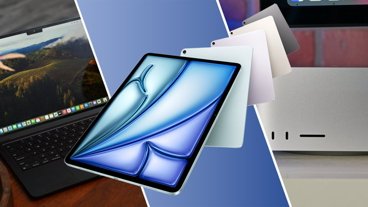

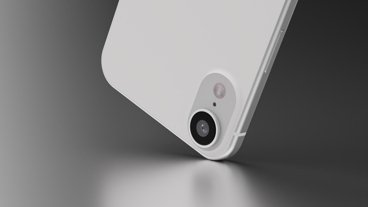
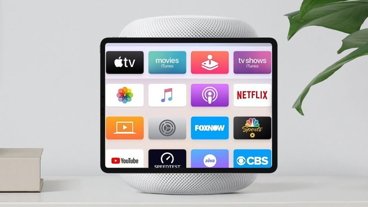
-m.jpg)


-m.jpg)






 Christine McKee
Christine McKee
 Chip Loder
Chip Loder
 Oliver Haslam
Oliver Haslam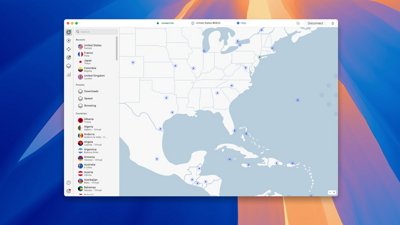
 Malcolm Owen
Malcolm Owen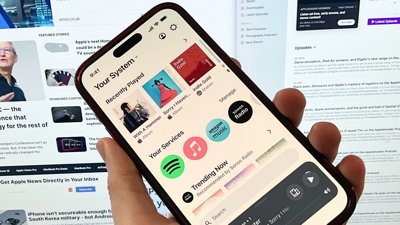
 William Gallagher
William Gallagher
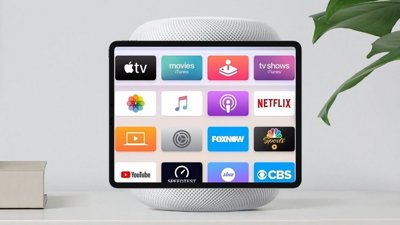
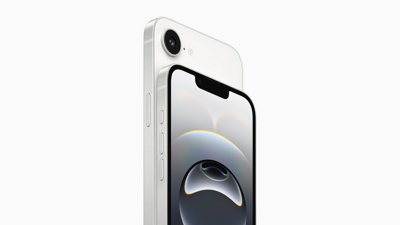
 Andrew Orr
Andrew Orr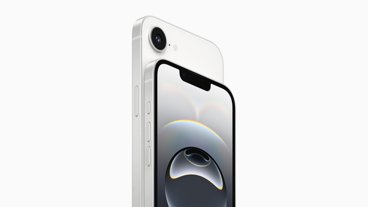



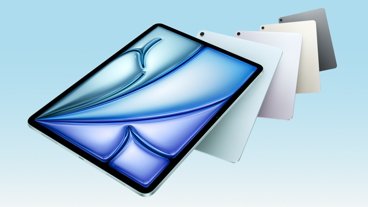



4 Comments
I really like the feature, and the onboarding experience to create your custom voice is great. I’m wondering if Apple plans to expand the use cases for this.
A robotic live voice is much preferred over an exact replica.
We have enough misrepresentation already.
Q1. For a famous person, living or dead is there some way to use their voice in iOS? There are lots of fun famous voices I'd like to use.
Q2. Is there going to be an Apple Store for voices?
Q3. Once I have my voice established in iOS, does it become visible (through iCloud) to all my other devices which are logged into the same iCloud account? Or must I export and import the voice to all my devices?